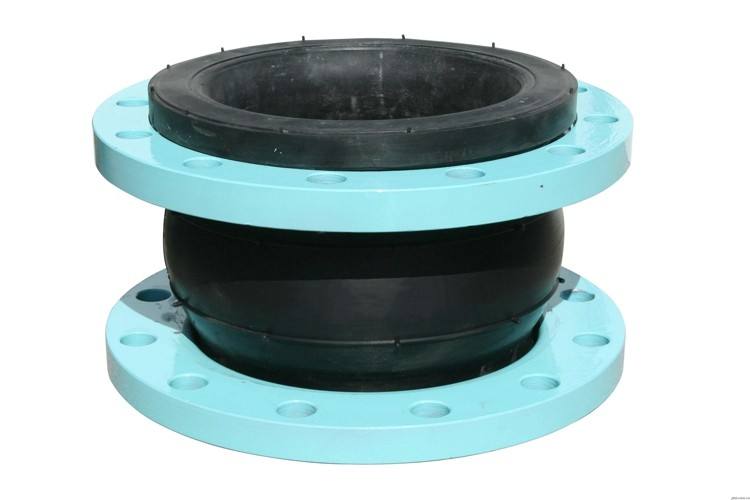|
Rubber expansion joint, REJ series |
|
Rubber expansion joint is also called rubber tube soft joint, flexible rubber joints, rubber soft joints, flexible rubber joints, high pressure rubber joints, rubber shock absorbers, compensators, etc. |
|
According to the connection method, there are three kinds of flange type, fixed flange type and thread type; according to the structure, it can be divided into five types: single sphere, double sphere, different diameter body, curved sphere and wind pressure coil. The tubular rubber piece is composed of inner and outer rubber, ply and traveler, and is formed by vulcanization molding and loosening with metal flange or parallel joint. This product can reduce vibration and noise, and can compensate for thermal expansion and contraction caused by temperature changes, and is widely used in various piping systems. |
|
Frequently Seen Signs of Flexible Rubber Expansion Joint Fatigue |
|
Cracking: Exterior surface cracking is most commonly the result of aging or elevated temperature. Because of rubber ages, it becomes hard and brittle and loses inherent flexibility and resilience. Cracking or crazing may not be serious if only the outer cover is involved and the fabric is not exposed. If necessary, repair onsite with rubber cement where cracks are minor. Carefully inspect cracks to determine if underlying fabric reinforcing plies are compromised. |
|
Exposure of Metal Reinforcement: If the metal reinforcement of an flexible rubber expansion joint is visible through the cover, the rubber expansion joint should be replaced ASAP. |
|
Dimensions: Any inspections should verify that the installation is correct; no excessive misalignment between the flanges exists; and the installed face-to-face dimension is correct. Check for over-elongation, over compression, lateral or angular misalignment. If incorrect installation has caused the expansion joint to fail, adjust the piping and order a new expansion joint to fit the existing installation. |
|
Rubber Deterioration: If the joint feels soft or gummy, plan to replace the flexible rubber expansion joint as soon as possible. Chemical attack is the most likely cause. |
|
Leakage: It is most important to determine where the leak originated prior to implementing any corrective action. If leakage or weeping is occurring from any surface of the expansion joint, except where flanges meet, replace the joint immediately. |
|
Rubber expansion joints have been specified and successfully used for many years to accommodate pressure loads, relieve movement stresses, reduce noise, isolate vibration, compensate for misalignment after plants go on stream and prolong the life of pumps and other motive equipment. |

Hebei Zhongran Pipefitting Co., Ltd.,:http://en.zrpiping.com
- Telphone- 0317-6689999
- E-mail- zhongran@zrpiping.com
- Address- Yanshan County Industrial Park, Cangzhou City, Hebei Province
- Telphone- 0317-6689999
- E-mail- zhongran@zrpiping.com
- Address- Yanshan County Industrial Park, Cangzhou City, Hebei Province
Copyright:Hebei Zhongran Pipefitting Co., Ltd. 冀ICP备19004948号-6











